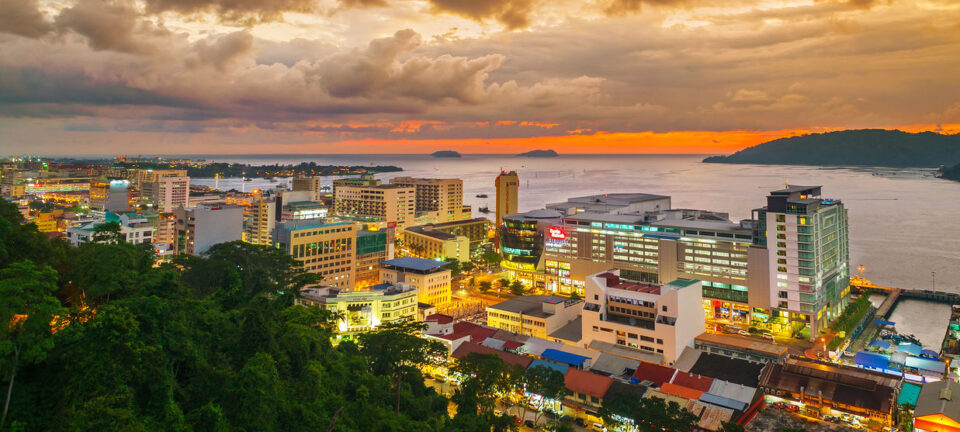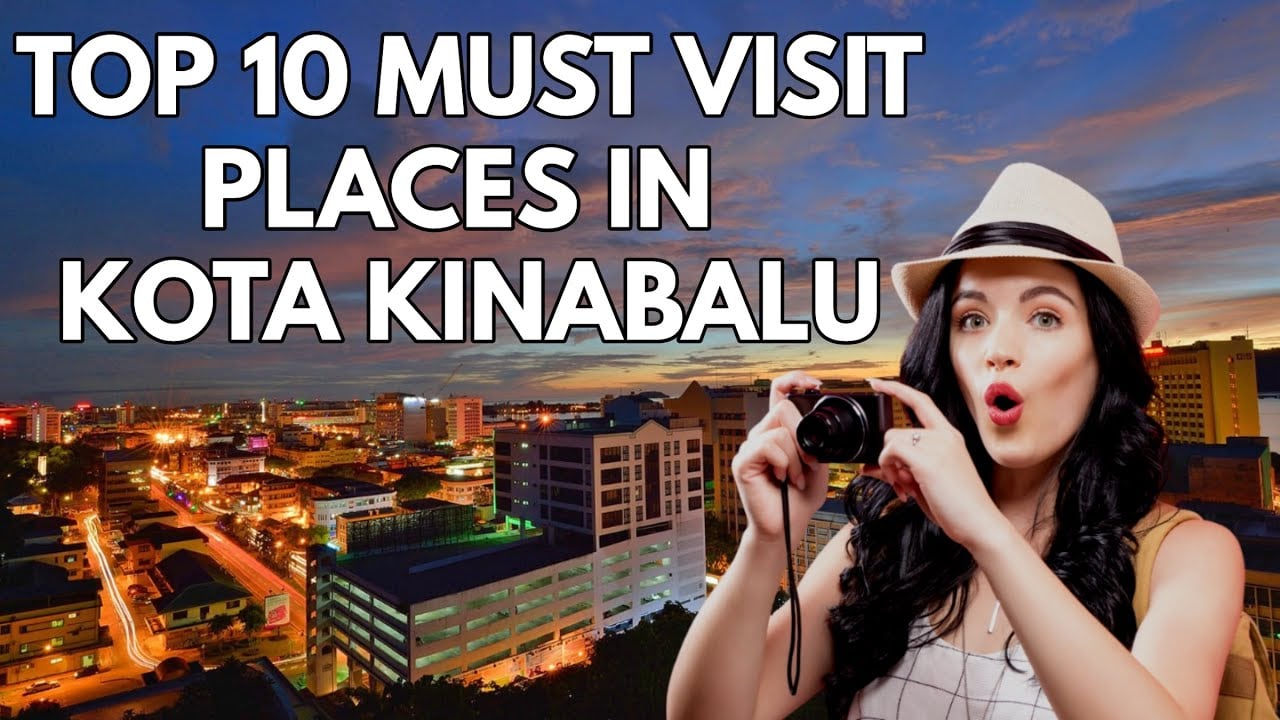If you are looking for a true Asian flavor, you can safely go to Kota Kinabalu, Malaysia. This controversial city has long gained popularity due to its picturesque landscapes, well-developed tourist infrastructure and numerous islands. Shopping enthusiasts will appreciate its abundance of shopping centers and markets, gourmets will enjoy dishes to suit all tastes, and seekers of new knowledge will definitely be attracted by cultural attractions. What is this small Malaysian town?
General information
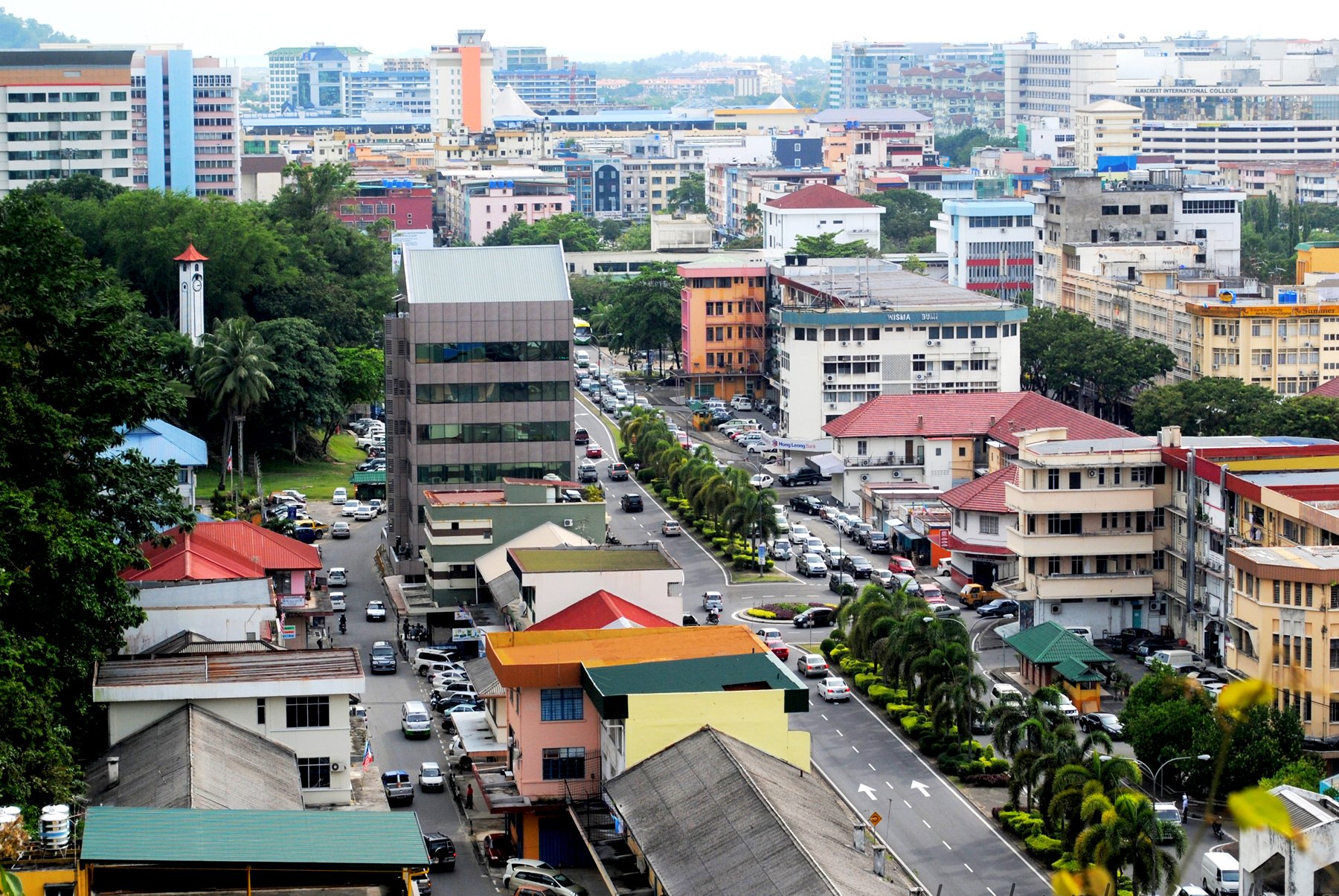
Kota Kinabalu is the capital and largest city of the state of Sabah in Malaysia, located in the north of the island of Borneo. Its area is 352 square kilometers, and the population is 244 thousand people. It is located at the foot of Mount Kinabalu and is washed by the waters of the South China Sea.
Kota Kinabalu was born as a small fishing village called Api-Api. It was previously called Jesselton in 1899, when it was under British rule. The city was renamed Kota Kinabalu in 1967 in honor of the majestic Mount Kinabalu.
Most of the inhabitants here are Malays, but there are also Hindus and Chinese. Islam is the official religion of the country, but in Kota Kinabalu you can easily meet representatives of other religious movements: Hinduism, Christianity and Buddhism. The city is known not only for its developed tourism industry, but is also an industrial and commercial area of Malaysia.
Kota Kinabalu is a place of contrasts, where along with modern hotels and shopping centers, you can see children begging and dilapidated buildings. However, the central streets of the capital are relatively well-maintained and arouse interest among travelers who find themselves here. So, the main point of congestion of visitors is the embankment, along which numerous cafes and restaurants are concentrated.
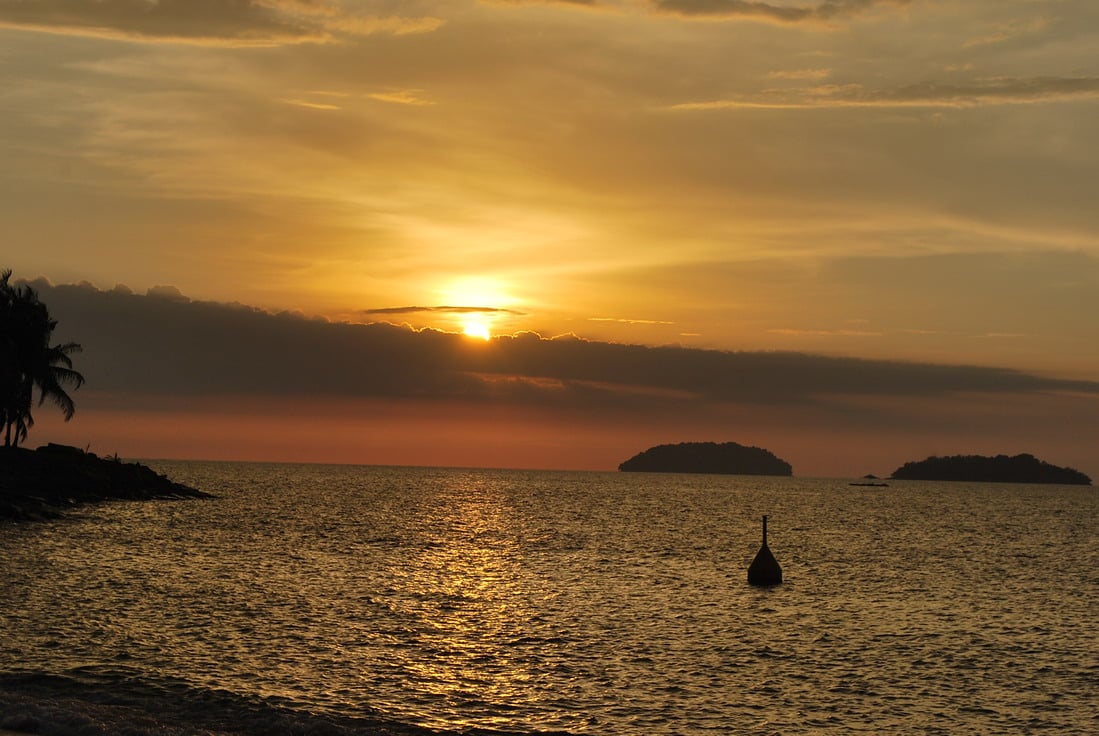
In the evening, you can enjoy the setting sun and taste exotic Malay dishes. The embankment itself is quite unusual, because it is lined with wooden parquet. Some travelers note that the whole impression of the embankment is spoiled by the unpleasant smell inherent in the local area and the abundance of garbage left by the Malays themselves.
Although the roads in Kota Kinabalu are quite wide and good, due to the high traffic intensity, there are constant traffic jams. In addition, it is particularly difficult for tourists to park the vehicle itself: parking spaces are sorely lacking even in shopping centers. Therefore, paid hourly parking is a lifesaver here.
Infrastructure
Kota Kinabalu in Malaysia has long been an active player in the tourist services market, so you can find a variety of accommodation and food options on the territory.
Food
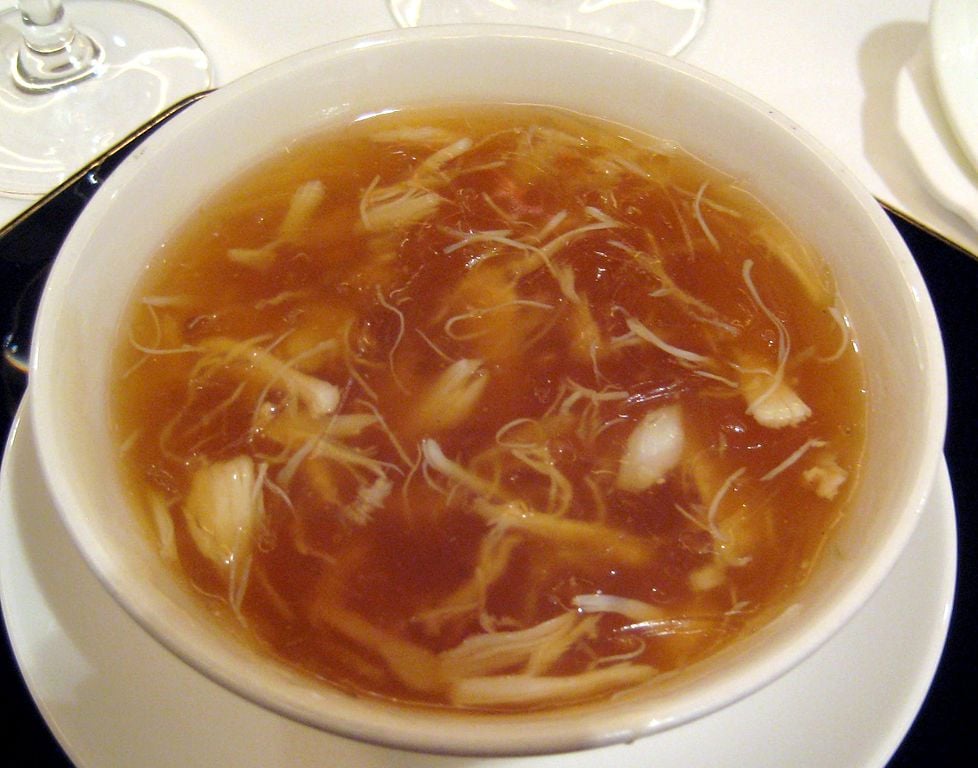
Kota Kinabalu can certainly be called the epicenter of gastronomy. The surrounding area and central streets are full of eateries, cafes and restaurants, where along with traditional Malaysian dishes, European, Chinese and Indian menus are presented. The basic product of local dishes is nasi rice, and the various additives that go with it are called lauk. Especially popular among tourists are seafood dishes, in particular the famous fish curry. We recommend you to try an unusual soup of shark fins and fried scallops, chicken kebabs in hot sauce, as well as a salad of exotic fruits.
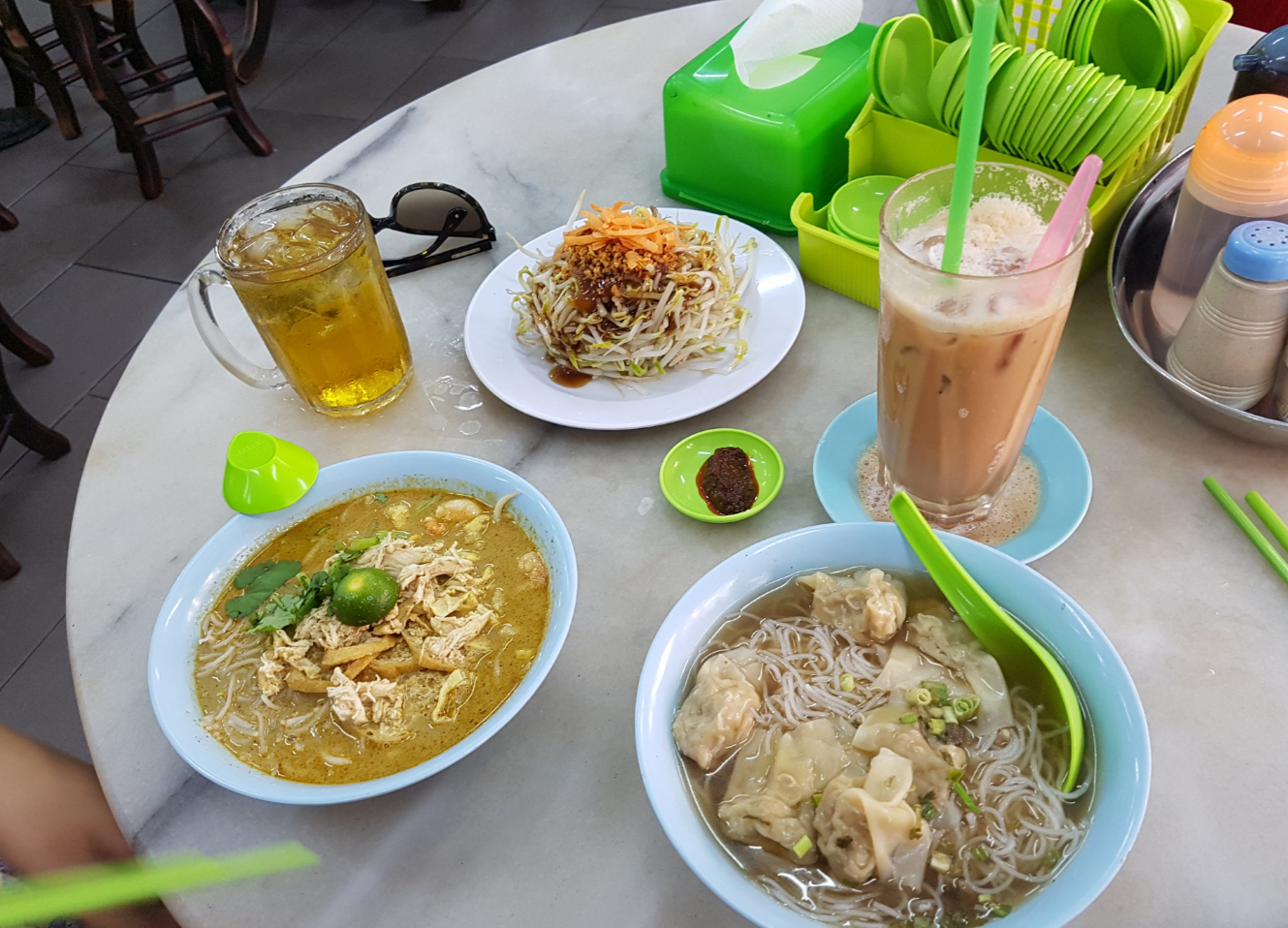
The cost of lunch in different establishments can vary dramatically. So, for a simple lunch in a budget institution, you will pay $2.5. A three-course meal for two at a mid-level restaurant costs $12-15. Also, you can always have a snack in a fast food restaurant for $3.5-4. As for the cost of drinks, the following picture is observed:
- Local Beer (0.5) – $3.2
- Imported beer (0.33) — $4
- A cup of cappuccino – $2.5
- Pepsi Bottle (0.33) – $0.6
- Water (0.33) – $0.35
If you don’t want to waste your time looking for the perfect restaurant, then head to the city’s central embankment. Most of the establishments serving dishes for every taste and pocket are located here.
Accommodation
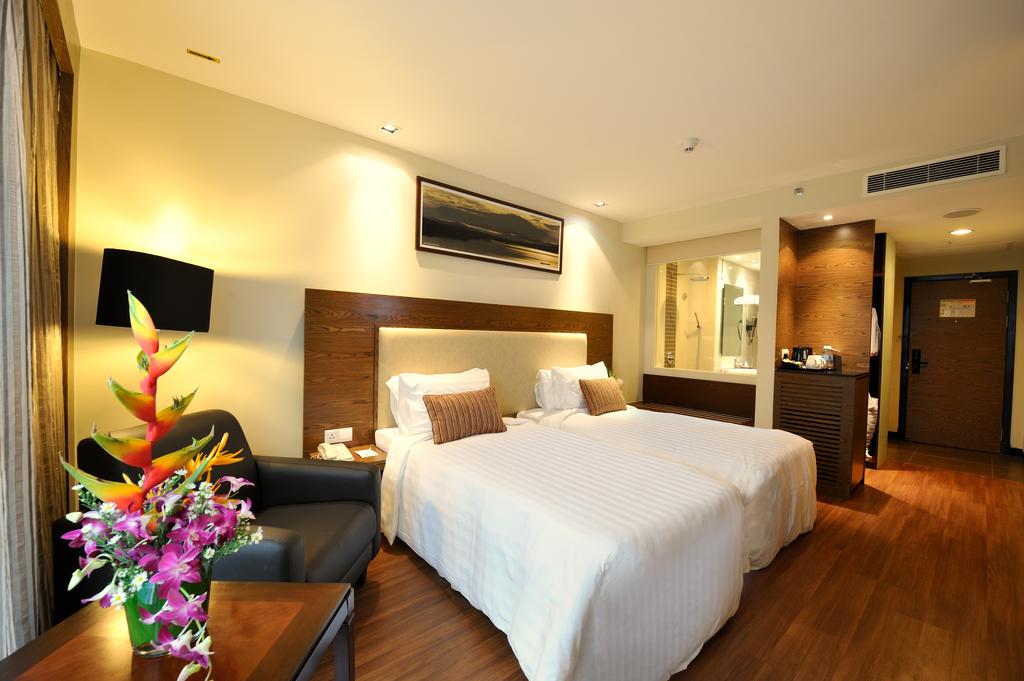
Visitors have the opportunity to relax in luxury five-star hotels, as well as in budget 3* hotels and modest guesthouses. You can stay within the city limits or outside the capital on picturesque islands. However, the main entertainment and walking areas are located in Kota Kinabalu, so if you are interested in active recreation, it is still better to look at the hotel in the capital. So, to stay in a budget guesthouse, you will pay $12-15 per night in a double room. If you plan to stay in more comfortable conditions in a 3* hotel, you will have to pay an amount ranging from $25-60 .
Shopping centers
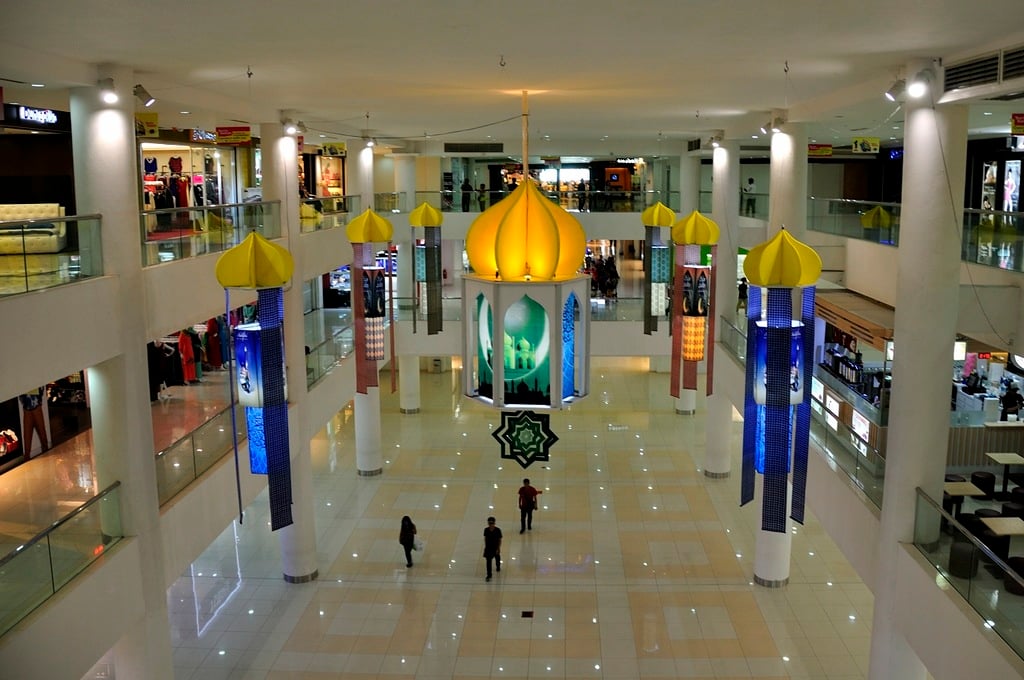
Kota Kinabalu in Malaysia will delight shopping lovers: after all, in the city you can find shopping centers literally at every turn. Among them, it is worth seeing both modern complexes and shops for Malays. Most shopping centers are quite nondescript from the outside, but inside they are no different from standard shopping centers. Brand clothing sales are often held here, so it is likely that you will be able to make a successful purchase. But to get into the Malay flavor and gain new impressions, we recommend looking at local stores.
Main attractions
Not to say that Kota Kinabalu is rich in attractions, but there is a lot to see here. The city is a combination of Malay, Chinese and European cultures, so the local architecture is characterized by contrast and diversity. Moreover, in the capital of Sabah, you can walk through the markets and parks, so the tourist does not have to be bored here. Kota Kinabalu’s vibrant waterfront features a marina and golf course, as well as many trendy bars, restaurants and hotels. On the same site, you can immerse yourself in the lively culture of local residents by visiting a traditional market place.
What is it worth to see in Kota Kinabalu?
Kota Kinabalu City Mosque
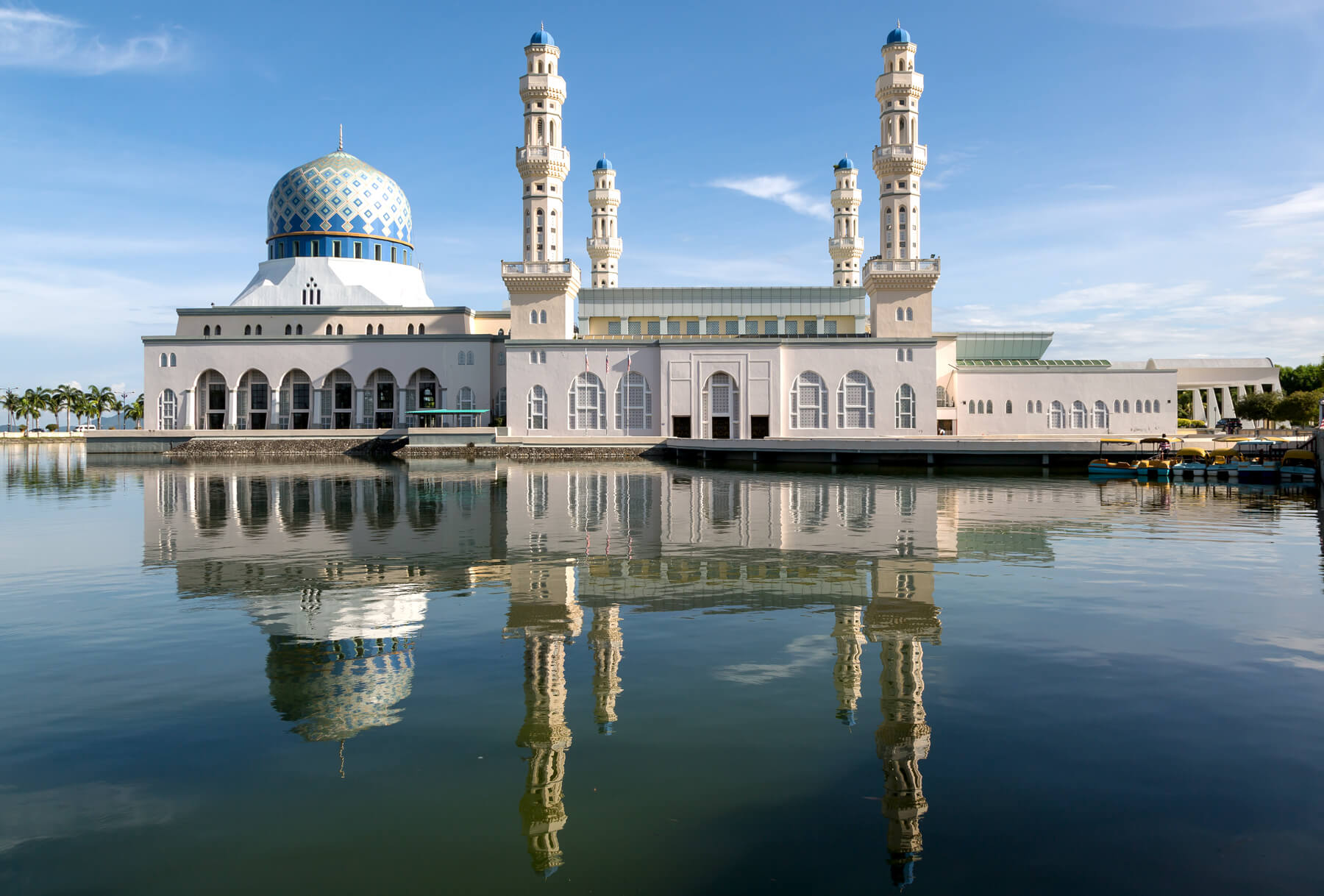
The main attraction, which stretches along the banks of a picturesque reservoir, is the largest mosque in the capital of Sabah, a majestic structure made in blue and white colors. Located on Jalan Teluk Likas Street, Kampung Likas, which can be reached by bus, but is more convenient by taxi. Tourists have the opportunity to see the situation inside the mosque, if at the time of visiting it is not held a service. If you do not have the appropriate Muslim clothing, you can immediately rent it for $1-2. Travelers note that the mosque is especially transformed in the evening, when its illumination is turned on, and the building is beautifully reflected in the reservoir.
Sabah State Museum

Other attractions in Kota Kinabalu include the Sabah State Museum, located on Jalan Muzium Street. This is a local history museum, where an exhibition is presented that tells about the history and culture of local tribes. The gallery is famous for its unique exhibit-the skeleton of a huge whale. Here you can also see retro cars and walk through a real rainforest with an artificial pond. For children, the museum provides a center for logical riddles, which are often puzzled by adults themselves. During the tour, you can study the texts and videos attached to the exhibits on display.
- Address: Jalan Muzium, 88300 Kota Kinabalu, Sabah, Malaysia.
- The ticket price for children and adults is RM 15.
- The museum is open daily from 9.00 to 17.00.
Tunku Abdul Rahman Marine Park
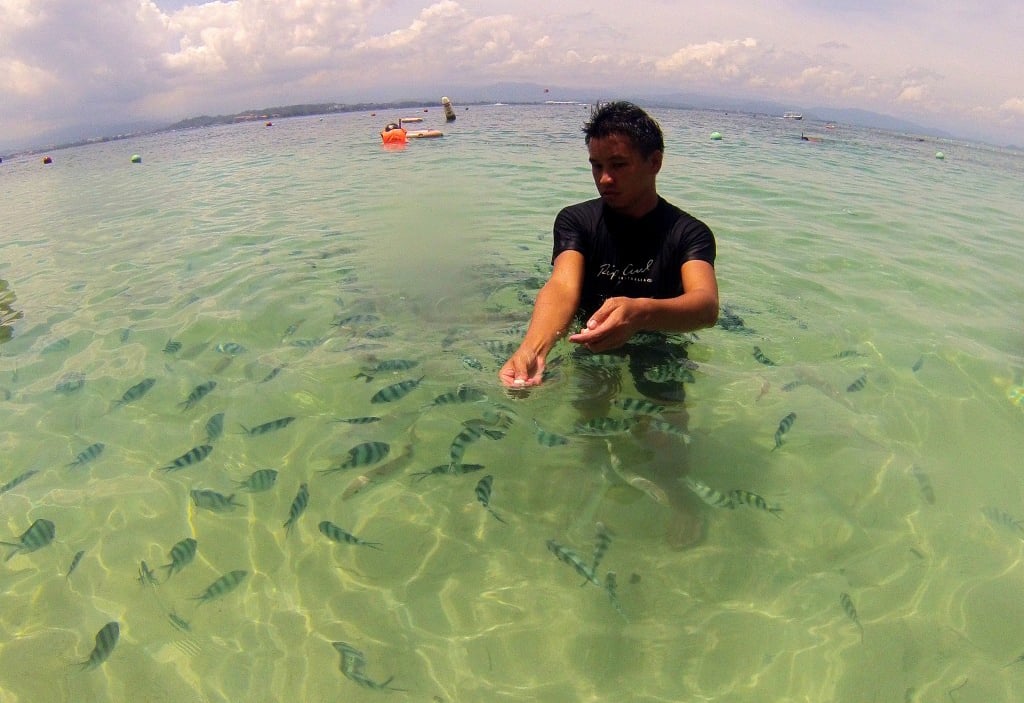
This natural attraction is located 3 km west of Kota Kinabalu, and its beaches can be reached in 20 minutes by an hourly motorboat ride from the Jesselton Point Ferry Terminal. The park consists of five islands: Gaya, Manukan, Sapi, Mamutik and Sulug. It attracts travelers with its clear sea and rich flora and fauna. This is a great place for diving and snorkeling: masks and fins can be rented on the islands.
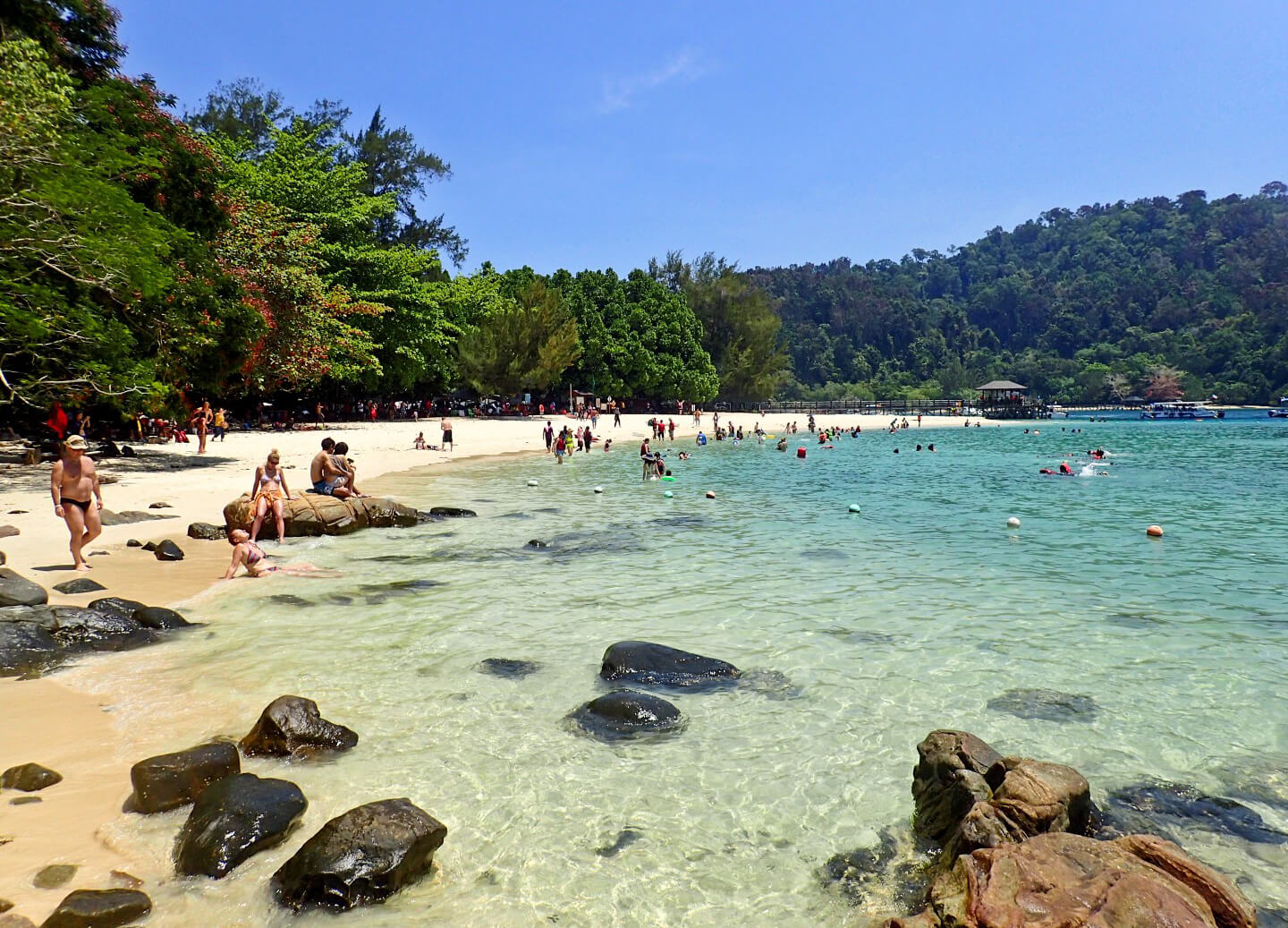
The beaches are equipped with showers and toilets, but there are no sun beds. There are also several cafes where you can have a snack after an active holiday. The entrance fee for each island is $6 (the price includes a round-trip boat ride). The park is open from 7.30 to 17.00.
Night Market
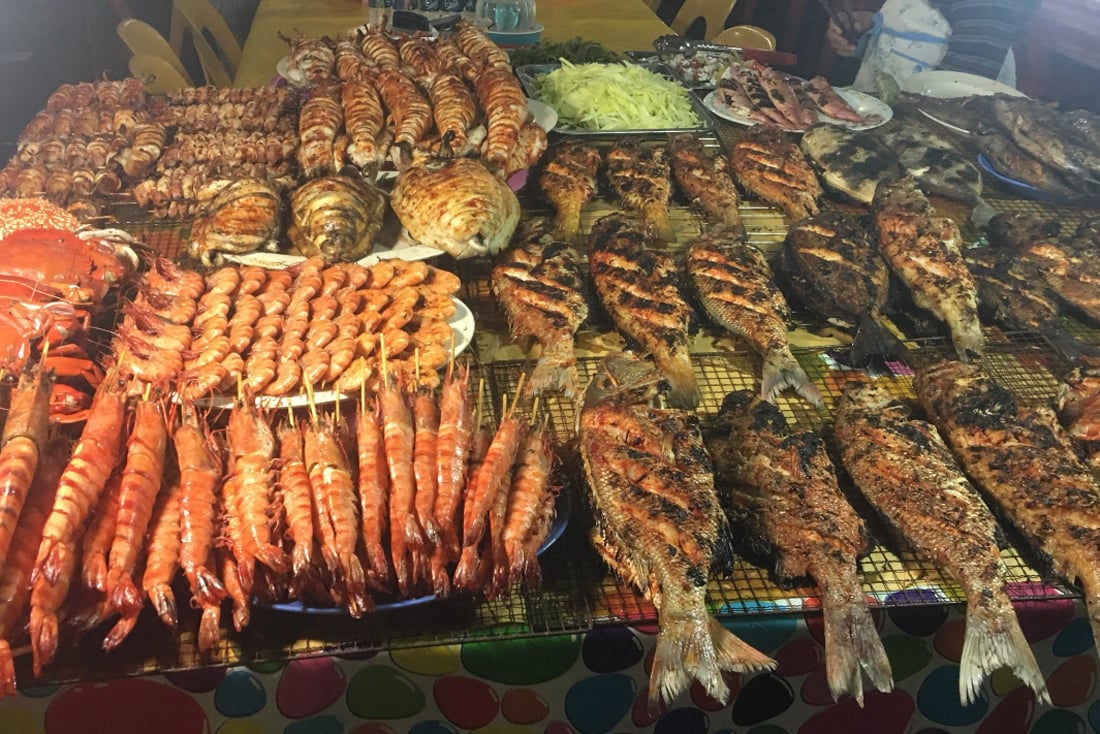
The Grand Bazaar is another exotic attraction that sells meat, spices, fruits, souvenir trinkets, but most of all the market is famous for its rich assortment of seafood (address-401, Jalan Tun Fuad Stephen, Pusat Bandar Kota Kinabalu). There are several cafes here, where everyone has the opportunity to choose their favorite fish (an average of $10 per kg), which will be grilled right in front of your eyes.
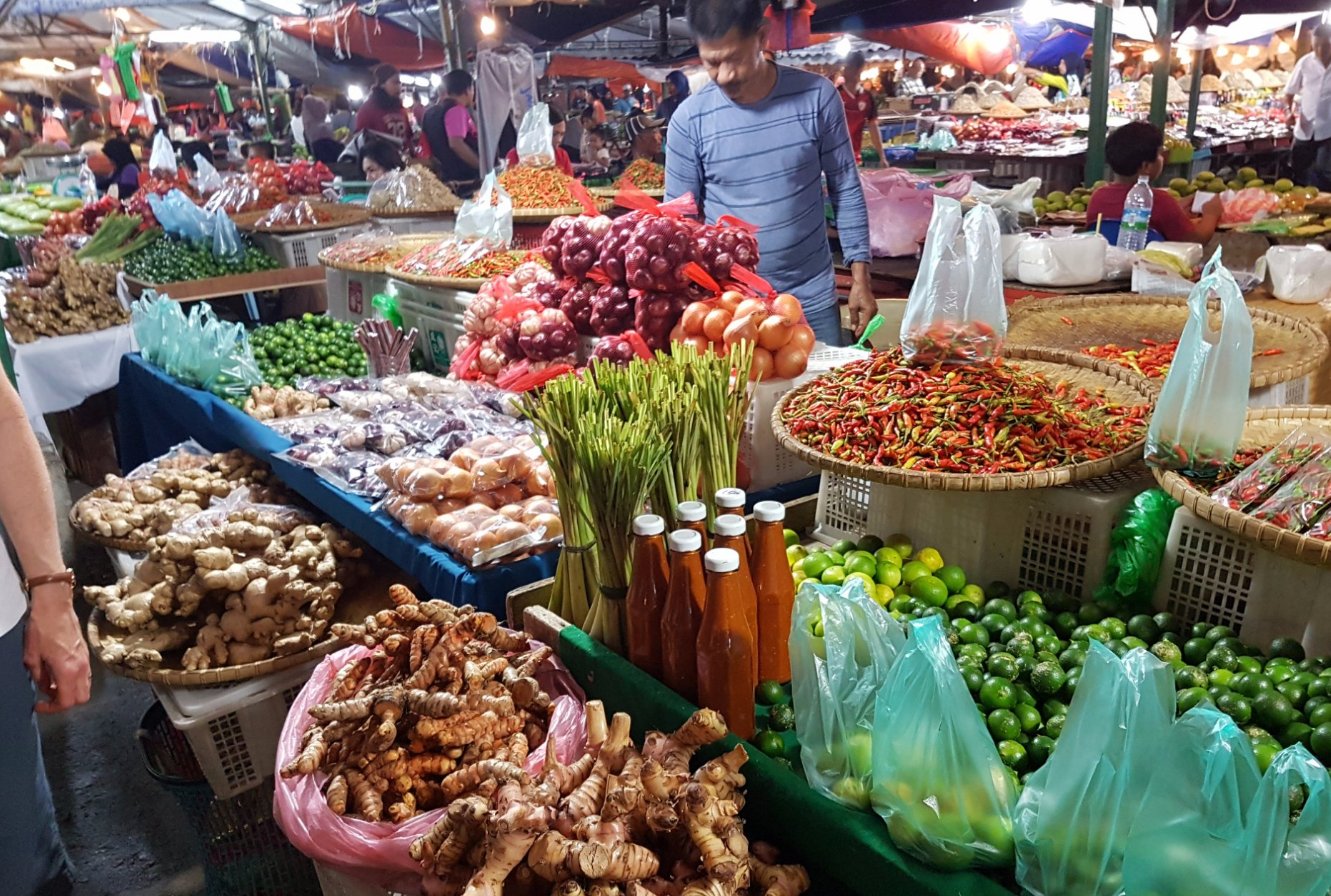
Experienced tourists are advised to bargain, because when they see a foreigner, the seller inflates the price several times. If you are not a particular fan of seafood, then you can see the market as part of an educational tour: after all, here the traveler is imbued with the same Asian atmosphere.
Kuching — the main thing about the Malaysian city on the island of Borneo
Mount Kinabalu
Mount Kinabalu is probably the main natural attraction in the Sabah region of Malaysia. Its main peak is Sera G’you Low Peak, which reaches a height of 4,095 m.
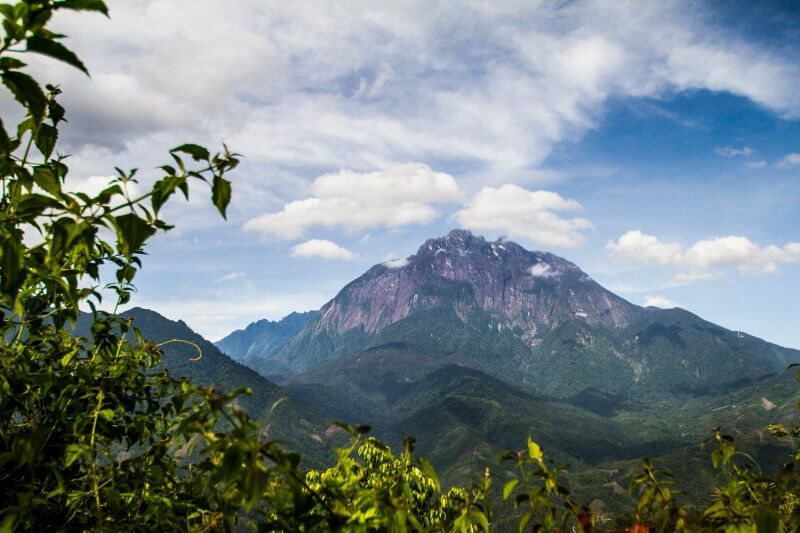
Anyone can climb the peak. The way to the top is simple and even an untrained person can climb. As a rule, the route is covered in 2 stages, with an overnight stay at an altitude of 3300 m. This is necessary for better acclimatization. The second stage is climbing directly to the peak at 3-4 o’clock in the morning in order to meet the dawn there. Accommodation for the night can be booked independently, or you can use the services of a guide who will also accompany you to the end.
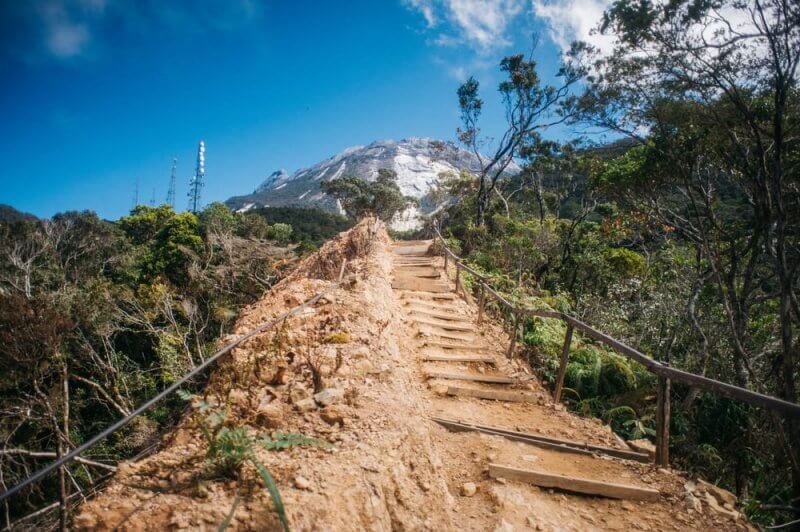
If you want to save time and money, you can try to make the ascent yourself in 1 day. The probability of success in this case is slightly reduced, since you will have significantly less time to acclimatize. However, it is quite possible to do this. The trail looks like a road in some places, there are areas with a built wooden staircase. Keep in mind that in the case of a one-day ascent, you will only be able to see the peak during the day.
The first part of the road passes through a picturesque jungle with a wide variety of plants: only about 800 species of orchids are found here, and 500 ferns. The fauna in this region is also rich: there are more than 320 species of birds and more than a hundred species of mammals.
Interesting fact! The Kinabalu World Summit Race is held annually on the last weekend of October. It is attended by about 400 athletes. The distance is 21 km (round trip). The record belongs to the Spaniard, who in 2008 overcame the route in 2 hours and 44 minutes.
- Climbing permit — 200 RM + 7 RM insurance.
- Guide services — 150 RM.
- Two-day Mount Kinabalu tour from the city — 800 RM.
Beach

Beach holidays in Kota Kinabalu are best organized outside the city or on the islands. One of the most visited beaches here is Tanjung Aru Beach. It is located near the airport and about 5 km south of Kota Kinabalu. It combines several beaches that flow smoothly from one to the other.
Tanjung Aru Beach has a very long coastline, along which eateries and restaurants huddle. The surface of the beach is sandy, the bottom also consists of sand, the entrance to the water is gentle and uniform. To get to the depth, you need to walk through the water for several meters. It is always crowded here: there are not only foreigners, but also local residents among the tourists. Many who have visited the beach note that it is quite dirty. There are no sun beds, changing rooms or showers.
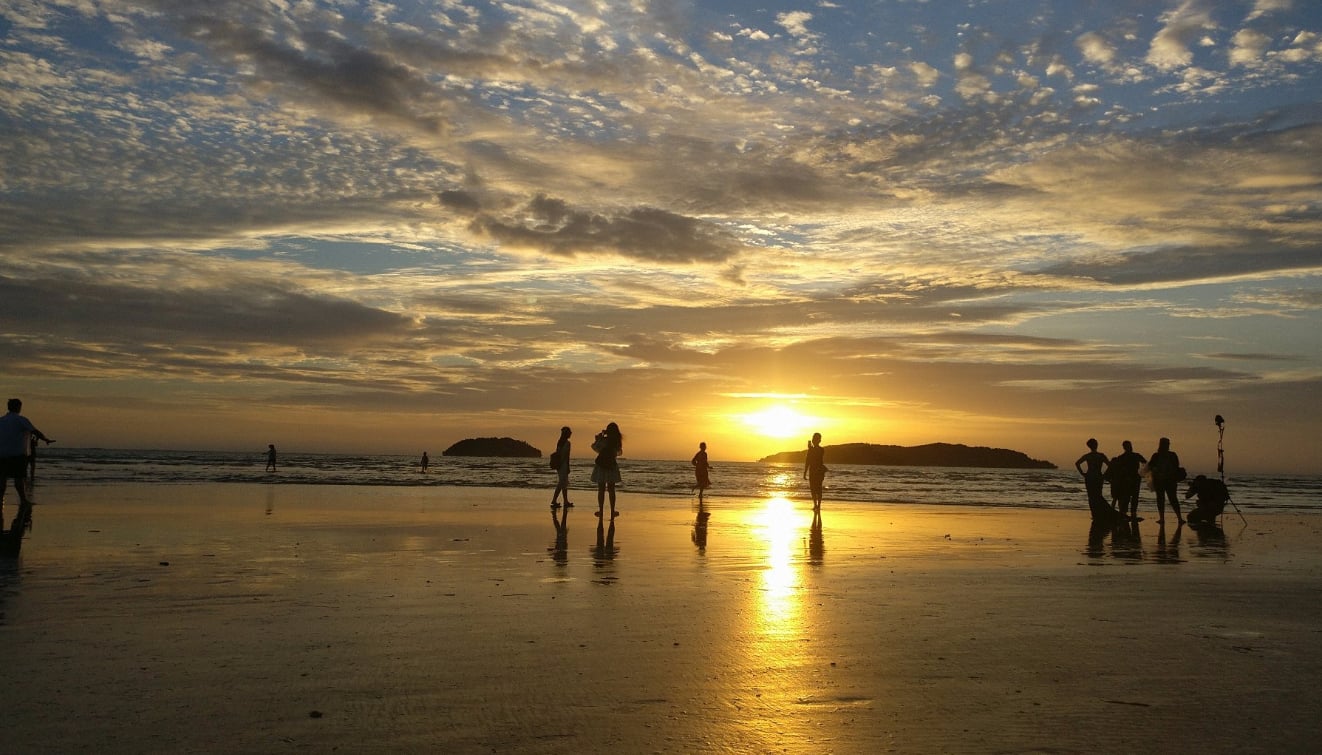
Tanjung Aru Beach is famous for its luscious sunsets, for which seekers of natural beauty come to Kota Kinabalu, Malaysia. In general, the beach is more suitable for leisurely evening walks and watching the sun set, rather than for swimming.
Weather and climate
When is the best time to visit Kota Kinabalu? Borneo, a rainforest region, is subject to high humidity and rain throughout the year. The journey won’t be complete if you haven’t experienced the real Bornean climate!
- March-October: dry season. Best time for trekking and watching wild orangutans.
- April-December: best time for diving. Visibility in the water is excellent in July and August.
- December-January: wet season. You can also travel to experience tropical rainy weather. Places to consider are the Kinabatangan River and Danum Valley, where higher rain levels mean various wildlife sightings and easier boat navigation to the Bull’s Bow Lake region.
In general, you can travel to Sabah all year round, because in different months there is always something to see. Due to climate change and unpredictable weather, recent years have seen occasional dry spells during the rainy season and prolonged periods of rain during the dry season.
Kuching Travel Guide: Top Things to Do in Malaysia Cat City

